ADV Destinations: Geologists Cabin At Striped Butte In Death Valley
A stone cabin next to a geologic marvel offers one of the park’s most iconic scenes.
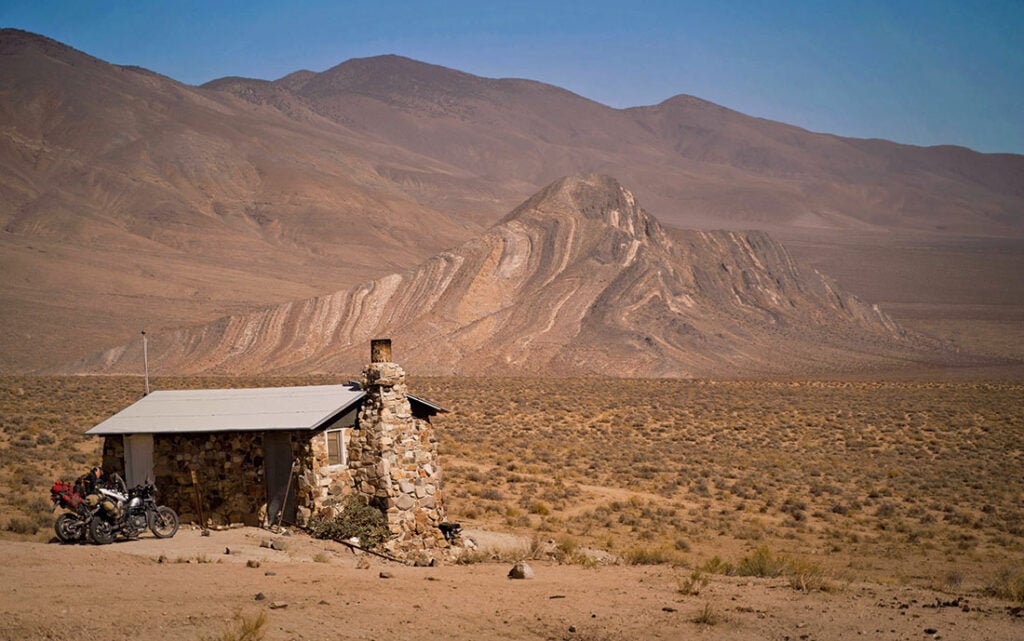
Tucked deep in the southern reaches of Death Valley National Park, Striped Butte rises from the desert floor like a giant painted monument. This geological marvel stands alone in the center of Butte Valley at 4,744 feet, its rainbow bands of orange, gray, cream, and brown creating one of the park’s most iconic and picturesque scenes. For adventure riders, it’s not just a destination—visiting Striped Butte is a rite of passage. Accessible only via challenging dirt roads, this remote valley offers solitude, history, and jaw-dropping views that only the adventurous have a chance to experience.
Riding into the valley from Mengel Pass, the Butte appears like a colorful island in a sea of muted desert tones, its striped layers a geological record millions of years in the making. Long before Death Valley became the arid desert we know today, this region was periodically covered by shallow seas and lake beds.
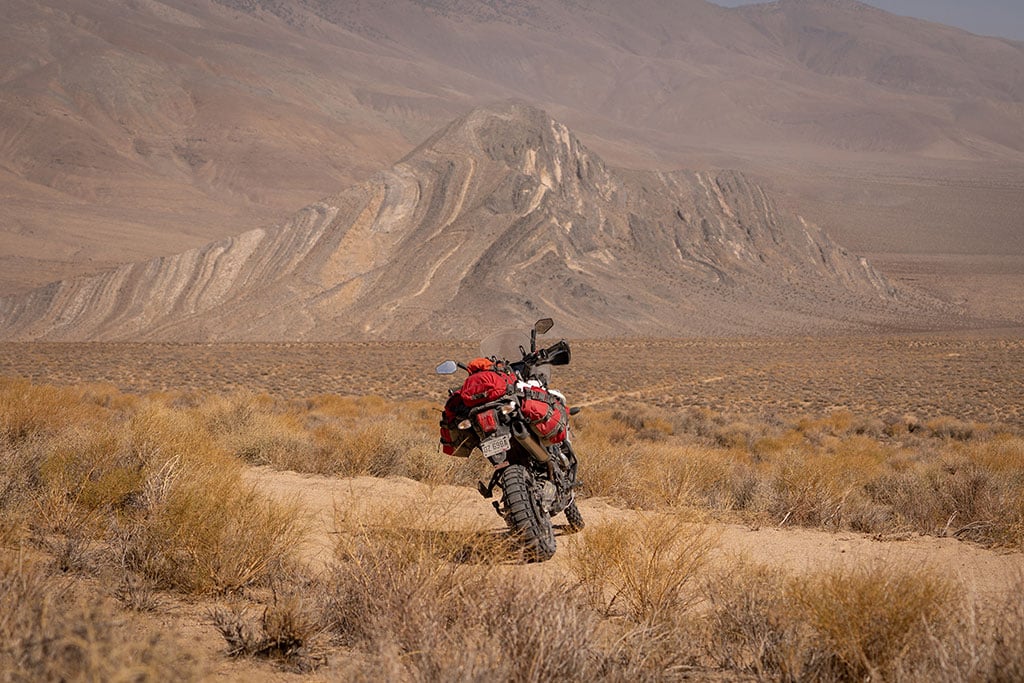
Over time, layers of sediment built up like pages in a book. Later, powerful tectonic forces folded and tilted those layers, then erosion cut away the surrounding rock, leaving the Butte standing alone in the middle of the valley. The first time you see it it’s mesmerizing, especially in the golden light of sunrise or sunset when the colors glow vividly.
Nestled right next to Striped Butte, the Geologist’s Cabin is a one-room stone refuge built in 1930 by Asa Russell, also known as Panamint Russ. Complete with a fireplace, furniture, and even solar-powered lights, it’s one of the best-preserved backcountry cabins in Death Valley. Over the decades, it’s been maintained by volunteers and travelers, keeping it in remarkable condition.

Russell, who was a prospector not a geologist, claimed to have found gold “high up the side of old Manly,” and built the cabin to enjoy the same view that now draws ADV riders from around the world. From the porch, you can gaze across Butte Valley to Striped Butte, and maybe spot a wild burro taking a sip at Anvil Spring below. You can even spend the night inside—just be aware of the risk of hantavirus and follow ‘Leave No Trace’ principles. Two other restored cabins nearby offer additional options for overnight stays.
Striped Butte is accessible via two rugged routes. Goler Wash Road via Mengel Pass climbs through tight canyons and past Barker Ranch—the infamous hideout of Charles Manson where he was arrested in 1969. Mengel Pass is steep, rocky, and off-camber in places, but doable on a big ADV bike with skill and knobby-style tires. Warm Springs Canyon from Badwater Road is still challenging in spots but offers a smoother ride, with the beginning of it being graded. You’ll pass Warm Springs Camp, a historic talc mining site with well-preserved ruins and hot springs. Both routes offer expansive views, ghost-town relics, and a sense of solitude.
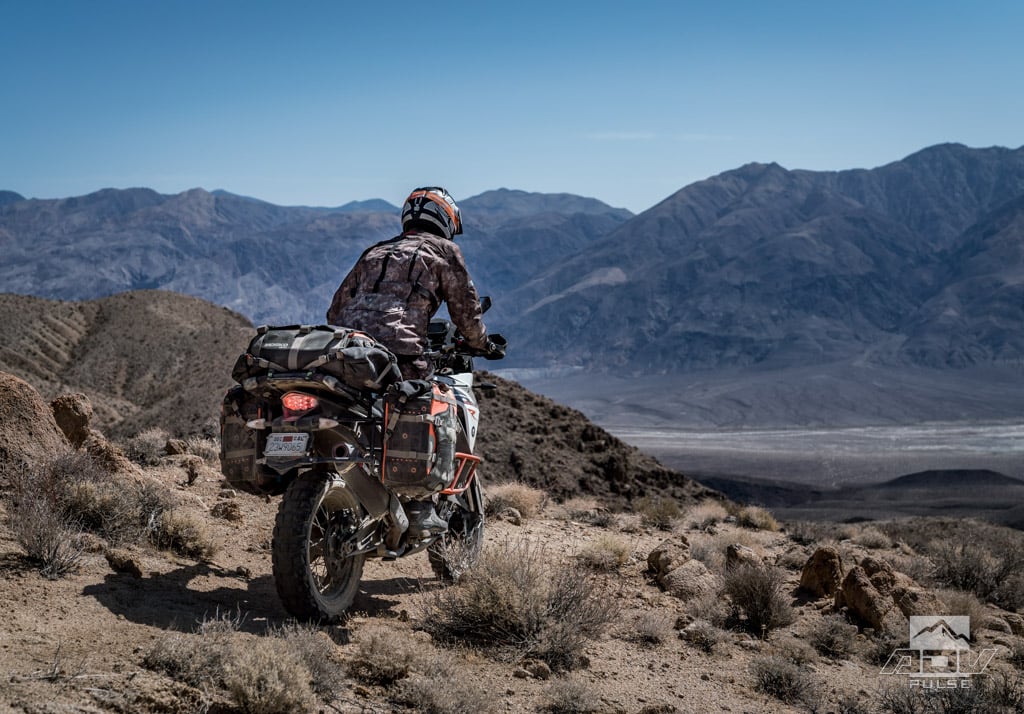
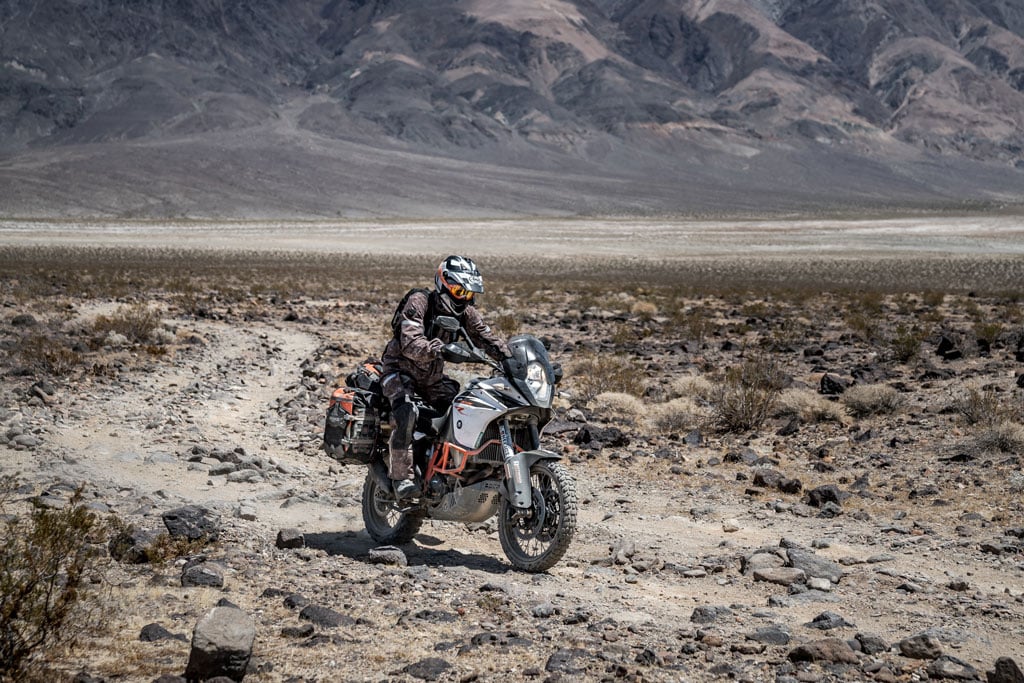
The ideal riding season runs from mid-October through April, when temperatures are moderate. Spring offers the added bonus of wildflowers, while late fall and winter bring crisp air and fewer crowds in Death Valley. Avoid summer—temperatures regularly exceed 115°F, making riding dangerous.
Ride Guide and GPS Tracks
Striped Butte is featured in our Death Valley Ride Guide, which includes GPS tracks, camping spots, additional points of interest, and essential tips for navigating the park’s remote terrain. The guide covers 10 unforgettable spots to visit in the park and offers everything you need to plan a 4-day adventure ride through Death Valley. Be sure to download the tracks, offline maps and carry extra water!
Photos by Rob Dabney, Spencer Hill, Jon Beck, Stephen Gregory






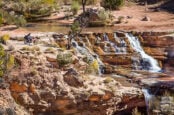

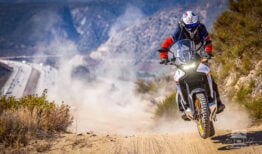

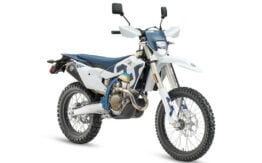

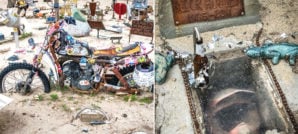
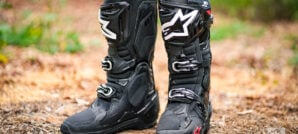
Notify me of new posts via email